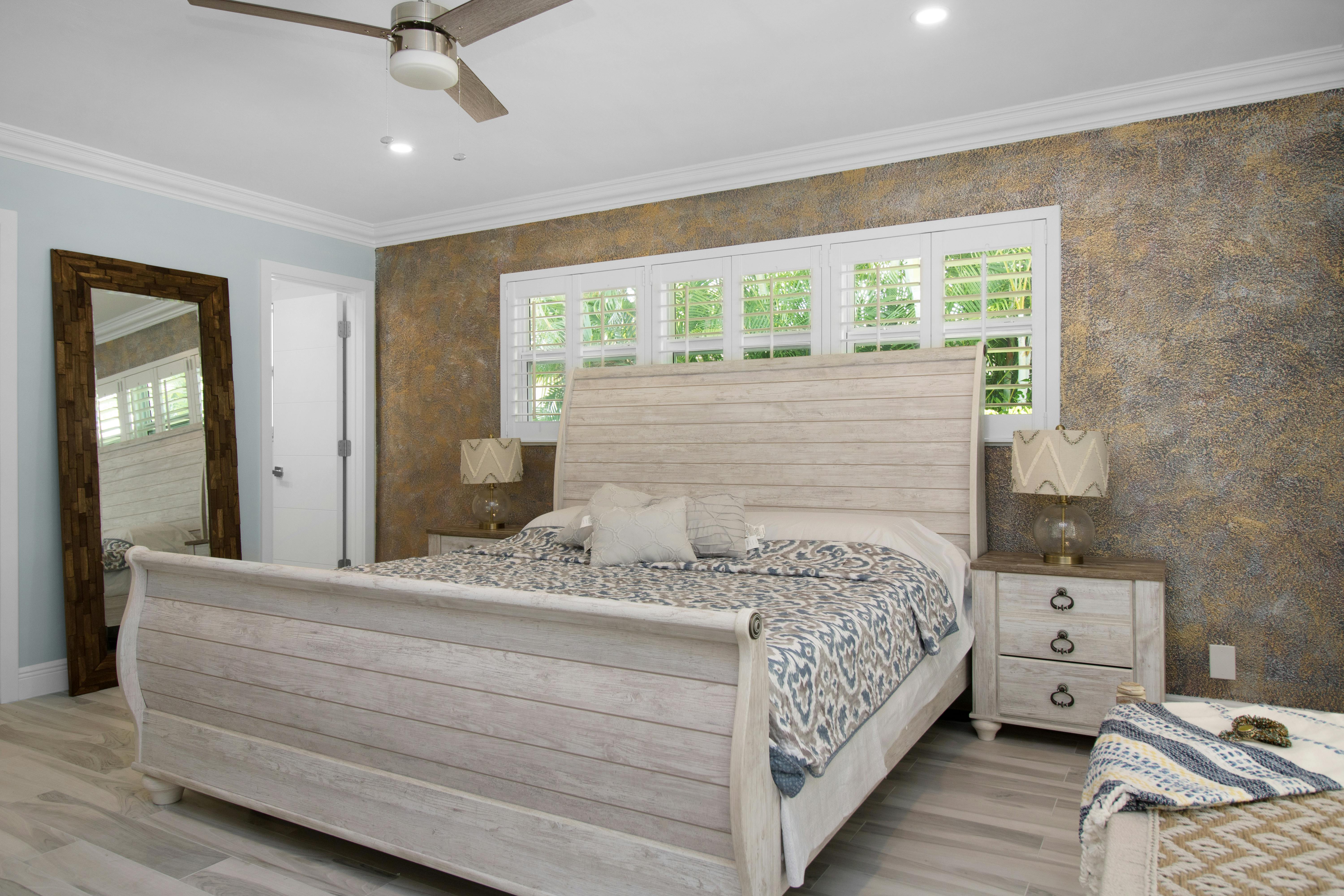Choosing the right underlayment for your laminate flooring is crucial for achieving the best results in terms of comfort, durability, and sound absorption. The underlayment plays a significant role in enhancing the performance and longevity of your laminate floors.
Why underlayment matters
Before delving into the selection process, let's understand why underlayment matters for laminate flooring. The underlayment serves several essential functions:
Moisture protection
One of the primary roles of underlayment is to provide moisture protection. It acts as a barrier between the subfloor and the laminate planks, preventing moisture from seeping up and causing damage to the flooring materials. This is particularly important in areas prone to humidity or moisture, such as basements or bathrooms.
Sound insulation
Underlayment also helps in reducing noise transmission between floors. It absorbs impact sound, such as footsteps or furniture movement, creating a quieter and more comfortable living environment. This is especially beneficial for multi-story homes or apartments where noise reduction is a priority.
Subfloor imperfections
Another key function of underlayment is to smooth out minor imperfections in the subfloor. It provides a level surface for the laminate flooring installation, ensuring a seamless and professional-looking finish. Additionally, it helps in cushioning the floor, adding a layer of comfort underfoot.
Factors to consider
Now that we understand the importance of underlayment let's discuss the factors to consider when selecting the best underlayment for laminate flooring:
Type of subfloor
The type of subfloor you have will influence the choice of underlayment. For concrete subfloors, a moisture-resistant underlayment is essential to prevent water damage. On the other hand, plywood or OSB subfloors may require underlayment with superior sound insulation properties.
Moisture resistance
If your area is prone to moisture or humidity, opt for an underlayment with excellent moisture resistance. Look for underlayment with built-in vapor barriers or moisture barriers to protect your laminate flooring from moisture-related issues such as warping or mold growth.
Thickness and density
The thickness and density of the underlayment impact its performance. A thicker underlayment with higher density offers better sound insulation and cushioning properties. However, it's essential to ensure that the underlayment thickness complies with the manufacturer's recommendations to avoid voiding warranty coverage.
Installation method
Some underlayment come with self-adhesive strips or overlap seams for easy installation, while others may require additional adhesives or tapes. Choose an underlayment that aligns with your preferred installation method and ensures a secure and hassle-free installation process.
Selecting the best underlayment for your laminate flooring involves considering factors such as moisture resistance, sound insulation, subfloor type, thickness, and installation method. By choosing the right underlayment, you can enhance the performance, durability, and comfort of your laminate floors.
Visit Chesapeake Family Flooring for high-quality flooring options and expert guidance
For expert guidance and high-quality flooring options, visit Chesapeake Family Flooring in Chestertown, MD. Our experienced team can help you choose the perfect underlayment that meets your specific needs and ensures long-lasting satisfaction. Contact us today to schedule a consultation and take the first step towards enhancing your laminate flooring experience.







